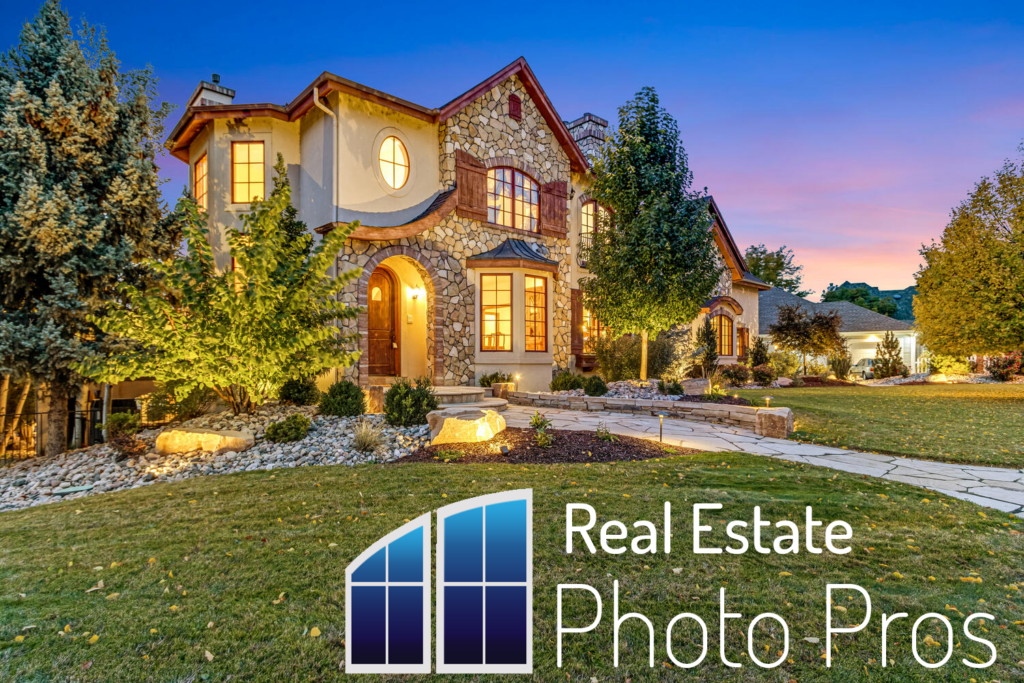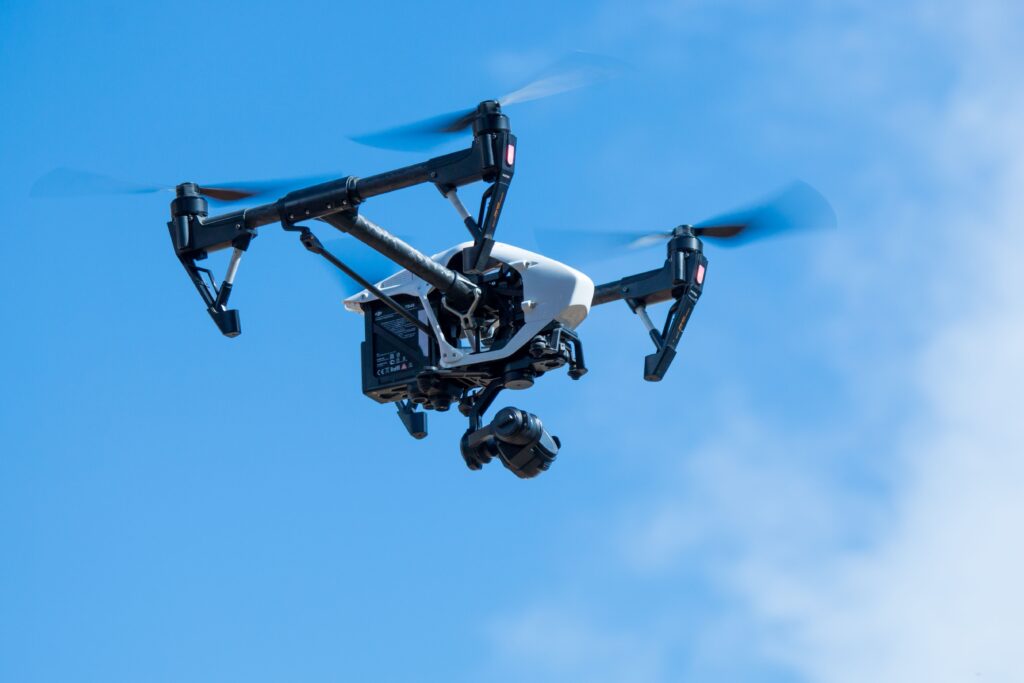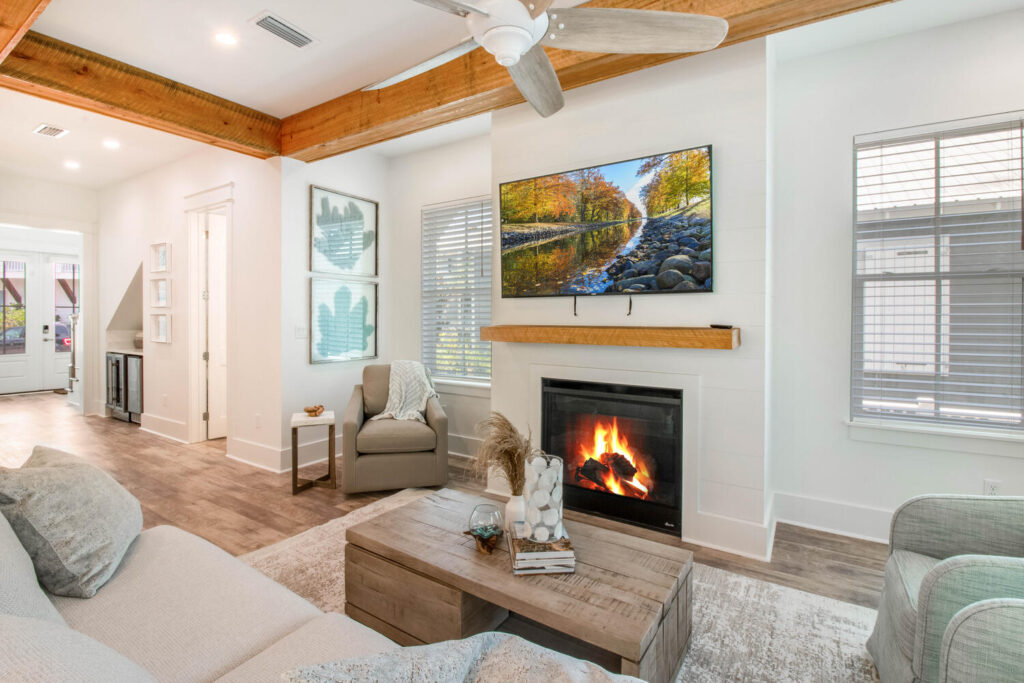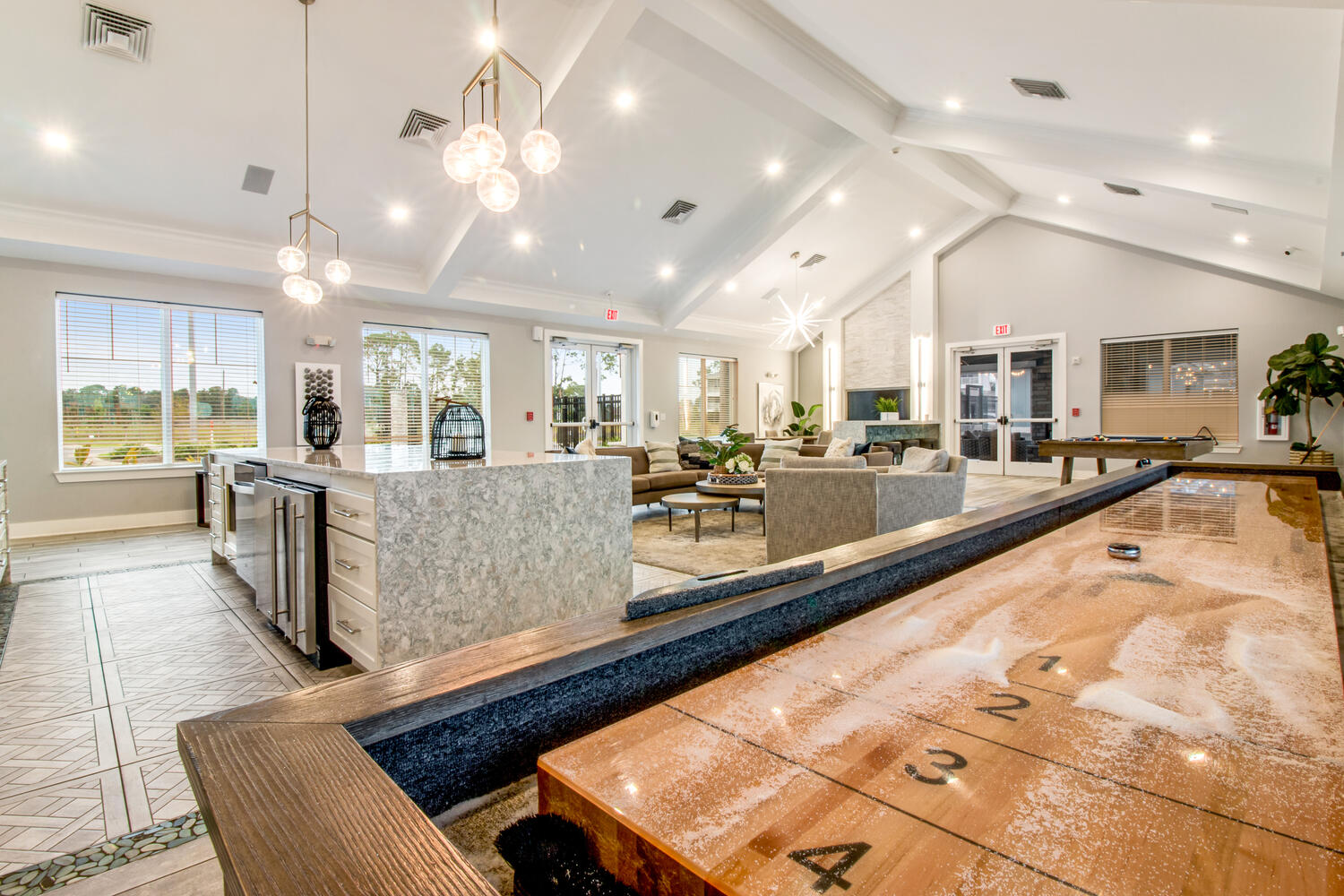
Never have I been more acutely aware of the sun’s location in the sky! When people hear that I am a professional photographer, I often get questions about whether I do portraits or weddings. Having taken real estate photographs for the past 16 years, I usually respond with, “I only photograph things that don’t move.” While in some ways that makes my job easier – no bridezillas or crying kids or fast-paced action shots – in other ways there are significant technical challenges to photographing stationary objects where bright lights and dark shadows must be dealt with through HDR photography or other techniques. The word photography is derived from the greek “photo-,” meaning light, and “-graph,” meaning writing or written. So, in order to write with light and capture high-quality photos, I have found it far easier to adapt to the sun’s location than to move a house. So, if my house-moving tip has proved useful then read on for more tips from a professional real estate photographer. I promise the rest will be far more helpful. 😉

In this post I will share how to start a business with the potential to launch you into a real estate photography career based on my experience founding and growing my own business. In 2006, my wife Lindsey and I started Vantage Point Aerial Photography, LLC after I returned from flying C-130s on a deployment with the Air Force to Afghanistan. We started with a gas-powered radio-controlled helicopter with a makeshift camera-mount hung underneath. Today, we employ over 10 people and provide real estate photography services in 3 states. You can read more of our story here.
Where Do I Start?
The first thing you should do when considering starting a real estate photography business is to start with the why. Why do you want to start a real estate photography company? Are you already experienced in photography and are looking for a way to make money with your photography skills? What do you want to accomplish with your business? Are you trying to make a little extra money with a side-hustle, or do you plan to grow your business into your full-time job? How much money do you NEED to make? What are your goals for life and retirement? How much money would you LIKE to make? If you are not financially motivated, recognize you still need to make enough to support yourself, and, perhaps more importantly, to support the people who may someday rely on you for their income when you hire employees. Take a moment to ask yourself why you are considering real estate photography, what your goals are, and how much you would need to make and want to make in order to pull this off. Write these things down before you continue!
Required Skills
If I had to simplify the skills required to run a successful real estate photography business, I would boil it down to business, people and photography. If you already have these skills, I can assure you there is still more to learn, but you have a great head-start and a competitive advantage! If you don’t have one or more of these skills, you can learn!
Business
A word of caution. Please hear me on this! I cannot emphasize enough the importance of business skills in running a photography business. You might be the world’s most talented photographer. You might know the best way to take photos that move people to tears or convince potential buyers to purchase that listing sight unseen. But if you aren’t properly licensed in your state, properly insured, organized enough to send invoices and collect payments, or disciplined enough to keep your business running as smoothly as your shutter, then you will fail.
One of my favorite books is, “The E-Myth Revisited” by Michael Gerber. He spent years studying small businesses and cataloging the similarities between those that failed and those that succeeded. Two major takeaways from his years of study were: 1. Businesses that succeeded spent more time working ON their business than working IN their business, and 2. Your growth and income potential will be limited until you hire employees. Please consider reading Gerber’s book if you haven’t already! By working ON your business, you will stand a much better chance of surviving beyond the first 5 years. What do we mean by working ON your business vs. working IN your business? In the case of photography, you should be spending as much time or more time building, maintaining and improving your business as you are spending taking photos and editing them. A few practical examples would be joining a local REALTOR association and sponsoring a booth at their local annual convention, spending time doing bookkeeping or finding someone to do it for you, improving your workflow, building and updating your website or blog, posting to social media, or training a new employee.
Your local Small Business Administration office is a gold mine of resources – many of which are totally free. Use them! Take a business course from the SBA or from your local community college. Business Accounting, Entrepreneurship, or Marketing can be helpful for small business owners. Consider reading books on business, customer service, networking, entrepreneurship, and self-improvement. Invest time to build and sharpen your business skills and it will pay dividends.
People
If you’re considering real estate photography because you won’t have to deal with people like portrait or wedding photographers do, then think again! In fairness, there’s a reason I chose the real estate photography profession! There are arguably fewer people to deal with. You’ll sometimes be able to have some nice quiet time with nothing but you, the property you’re shooting and your wide-angle lens. But don’t forget that you’re supposed to be working ON your business, not just in it! Scheduling phone calls, email interactions, meeting potential clients, meeting homeowners, often serving as a middleman between homeowner and real estate agent are just a few of the situations where you will need to interface with people.
Perhaps even more important is the need for you, as a business owner, to sell your products or services! Nobody will have more interest in your business than you will. If you don’t sell – you won’t have a business. You can outsource. You can spend money on internet ads. You can get a billboard. But first, all of those things cost money which as a startup will be scarce. Second, you will learn that business, and the real estate industry in particular is all about relationships. It’s all about people helping people. It’s about connections and trust and knowing who to turn to when things are stressful and on a tight schedule. Real estate photography is often the bottleneck – the one thing left that’s standing in the way of getting that home on the market that agents and homeowners have been spending weeks or months getting ready. This is your opportunity to shine by using your people skills to help alleviate stress and provide outstanding customer service and quality photography.

Business Setup
Several steps are required to establish a legitimate real estate photography business. However, most of these steps can be done on your own with resources available to you through your state and local government. My experience is limited to business in the United States, so please consider that when reading this section. Also, I have to add the disclaimer that everyone’s knowledge base, needs, and situation is unique. When in doubt, consult with a local business attorney or SBA office for assistance. Now, with that out of the way, let’s get to the overview.
Of the steps required to start your real estate photography business, many of them must happen in order. For example, you won’t be able to open a business bank account without a Federal Tax ID number or Employer Identification Number (EIN) from the Internal Revenue Service. You won’t be able to obtain the EIN without a business name. And you won’t be able to start your business accounting without all of the above. So, let’s get started.
Select a business structure. Will you form a sole proprietorship, partnership, LLC or corporation? The SBA and Google have a wealth of information on the various legal structures for a business, but I’ll offer a quick overview. A sole proprietorship is simple, easy to set up in most states and is straightforward for accounting and tax purposes. But a sole proprietorship is not well suited for future growth if you plan to hire employees and doesn’t offer liability protection like an LLC or corporation can. A partnership is much like a sole proprietorship, with the added complexity of having 2 or more owners. A partnership should have a partnership agreement in place that addresses issues such as the death of a partner, a partner who wants to get out of the business, buy-out rules etc. An LLC, or Limited Liability Company provides liability protections similar to a corporation but is simpler to set up and is well suited to small businesses. An S corporation or C corporation also provide liability protection but are more complex to establish. Tax advantages can be one reason you may consider a corporate structure, but you should speak to an accountant about your situation. From personal experience, we started as a LLC and after several years of business we converted to a corporation. For most real estate photographers, I would recommend setting up an LLC.
Next, you’ll need a name. The only limit is your creativity and the availability of the name you wish to use. The state in which you establish your business should have a business name database with the Secretary of State office. From the Secretary of State’s website, you can search for names already in use, and register a name that isn’t being used. There will be a fee ranging from a few dollars to a few hundred dollars to register as a small business in your state. You should also take the opportunity to trademark your name in your state. This is a separate step that adds a layer of protection against your business name being used by someone else. Keep in mind that any state-level trademark will only apply in the state in which you register the trademark. For nationwide trademark protection, the process is different and can be costly, but will protect your name/trademark nationwide.
Get your Tax ID # if required. A tax ID # (also called an EIN) is not required for sole proprietorships or LLCs with no employees. In these cases, you would use your social security number as your tax id #. I recommend obtaining a tax ID number in all cases.
Get insured! Do not overlook this important step. Many customers will not do business with you if you aren’t insured. Remember you are entering people’s private residences. The last thing you need is to accidentally knock over that priceless Ming Dynasty vase, spill that glass of red wine the homeowner left on the edge of the counter that you didn’t see, or be accused of any of these things without proper coverage. At a minimum, obtain a general business liability policy by working with your insurance agent. If you plan to use a drone, you’ll need drone insurance. If you have employees, you will be required to have worker’s comp insurance as well.
Differentiate your business. What makes your professional real estate photography business unique? Why should a real estate agent start using your business? Why should they leave their current photographer and use you instead? Can you really tell the difference between your real estate images and those of your nearest competitors? In short, what will attract new clients to you? Don’t fall into the trap of price being your differentiator. That’s a race to the bottom that nobody will win. With a quick search in your local area, you will find amateur photographers with many price ranges. There will always be someone who will do it cheaper. Decide what you will do to attract and maintain customers aside from being the cheapest option in town. Maybe customer service will be your forte. Perhaps the competition is well established but homeowners and real estate agents are frustrated with the lack of service or inability to speak to a real human when needed. That’s an opportunity for you to differentiate. Maybe you’ll differentiate on turnaround time or creative payment options like giving REALTORS the option to pay at closing. Spend some time learning about your potential clients, what they need and what they feel is lacking with their current options. Take good notes and stick to your plan to be different.
Equipment
For less than $5,000 you can have a basic real estate photography setup that will be sufficient to produce outstanding photography. The more services you plan to offer to your clients, the greater the expense to obtain the right gear. While a good DSLR camera or mirrorless camera, wide angle lens and a decent tripod can be had for under $5,000, you could be looking at over $20,000 for a full-frame camera, wide-angle lenses, drone package, Matterport 3D tour setup and additional equipment. Of course, this doesn’t include considerations like software and computers for photo processing and business management, or reliable transportation. Still, compared to many businesses, getting into real estate photography can be a relatively small initial financial investment.

Despite what you may have been told, you don’t need the best, latest, most expensive camera on the market. To be a great photographer, capable of producing beautiful photos and making a name for yourself among property owners and real estate professionals, you need business cards, some marketing materials, discipline and hard work. Of course, you’ll need a DSLR or mirrorless camera, a wide-angle lens and a good tripod at minimum. A telephoto lens is a great addition as is a stabilized gimbal if you plan to do video. For a list of the best cameras for real estate photography, check out my recommendations here. Just remember that a good real estate photographer can pull off great photos with fairly basic equipment.

Software
The most popular software for real estate photographers is Adobe Photoshop and Adobe Lightroom. These provide advanced photo editing tools and catalog management features that support everything from complex editing tools (think removing a car from a driveway) to rapid consistent photo enhancement. Adobe has been moving to a subscription model, so while you’ll no longer have to lay out several hundred dollars to purchase the software, you’ll be forced into paying a monthly fee as long as you plan to use the software. Another alternative to Photoshop is Canva which has a smaller feature set, but can simplify the editing process.
You’ll also need to consider software (most likely software as a service or SAAS) for email, bulk email, storage and file transfer, customer relationship management (CRM), photo delivery, and accounting.
Google’s Workspace is a per-user based solution that provides business-grade email, calendar, storage, slides and a host of other options. Workspace as with other SAAS options allow you to utilize your domain name as your email address, for example, user@yourphotocompany.com vs. yourphotocompany@gmail.com.
There are a host of CRM options available, many that come with bulk email/subscription service. Options range from the well-known Salesforce platform to others like Zoho, Hubspot and Clickup. If you’re not familiar with CRM software, I would encourage you to educate yourself and start with a CRM solution on the day you start your business if you plan to grow or do anything more than a few side-jobs here and there. It’s far easier to start with CRM than to incorporate it later after your business has grown.
Photo delivery can be as simple as a DropBox or Google Drive account, but in the real estate photography business, several real estate photo specific platforms are a better fit. These platforms include user portals for REALTORS to login and view their properties. Most are designed for you to upload your real estate photos to an agent’s account by property address. They not only deliver the photos for the real estate agent to download, but are combined with property website tools, the ability to host Matterport and other 3D tours, input details about the listing, generate maps and information about nearby schools, and track photo and property website views so the client can see how much traffic is being generated by your photos. Furthermore, integration with local multiple listing services (MLS) is often included. For examples of this type of SAAS, check out TourBuzz.com, Aryeo.com, and HomeOnTour.com.
Some real estate photo delivery platforms like those mentioned above also have scheduling, payment and limited accounting capabilities. Many platforms integrate with Quickbooks Online, the most well-known accounting software. Other options include Xero and Freshbooks.
In my next post, part 2 of this how-to guide, I’ll cover the remaining topics you will need to know to get into the real estate photography business. Be sure to subscribe!
Tim

View comments
+ Leave a comment